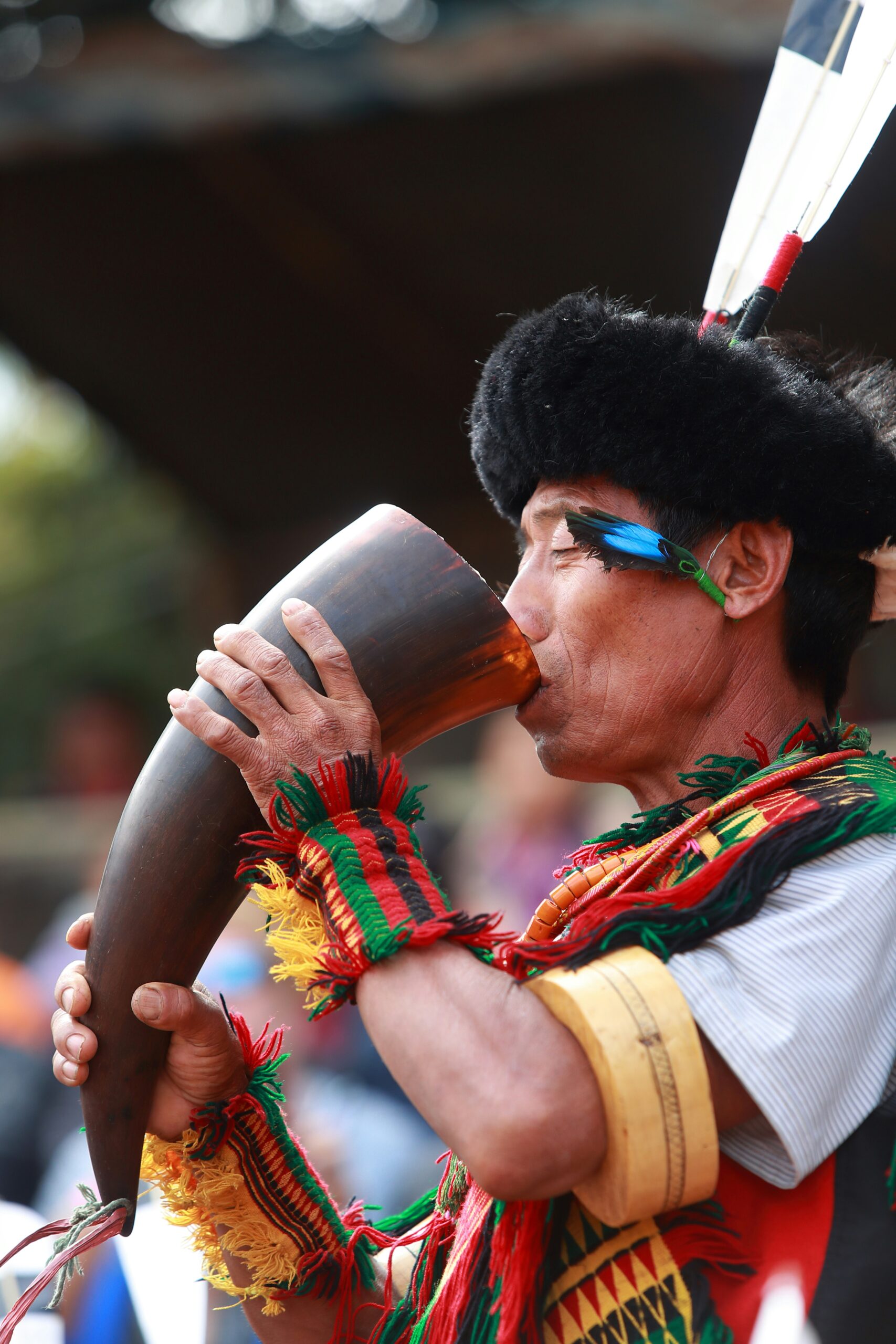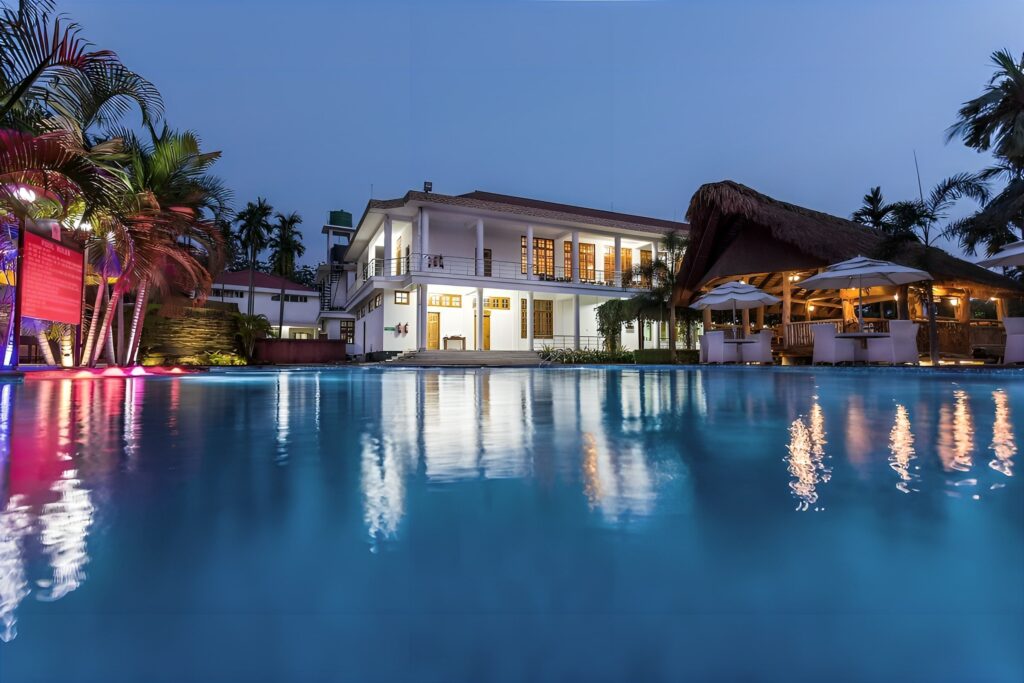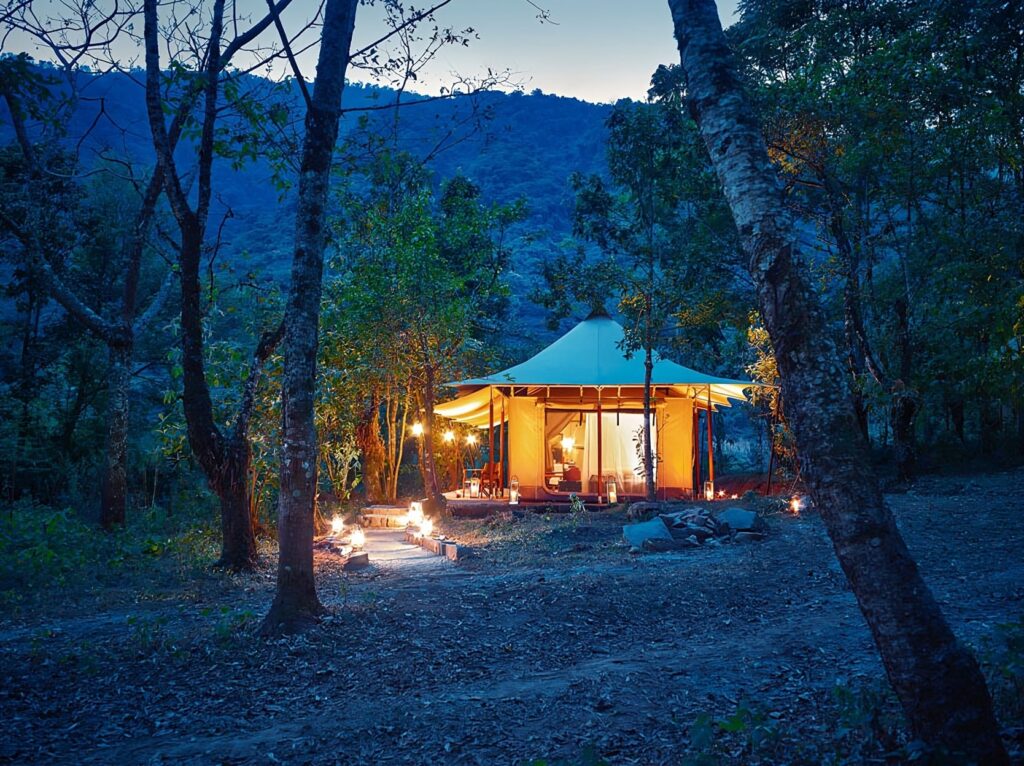When you think of Nagaland, what comes to mind? Verdant hills, vibrant festivals, and rich cultural heritage? Sure, these are the highlights, but there’s so much more beneath the surface. If you’re planning a trip to Nagaland and want to go beyond the tourist trails, you’re in for a treat. This article is your ultimate guide to uncovering the local experiences that make Nagaland truly special. So, buckle up, and let’s embark on a journey to the heart of Nagaland’s unique charm.
1. Village Homestays: The True Essence of Naga Hospitality

Forget five-star hotels; the real luxury in Nagaland is experiencing the warm hospitality of its people. Village homestays offer a chance to live like a local. Picture this: waking up to the sound of roosters, sipping tea with your host family, and hearing tales of their ancestors by the fire. Whether it’s a remote village in the Phom hills or a quaint settlement near Khonoma, a homestay is your ticket to an authentic Naga experience. Plus, you’ll get to feast on home-cooked Naga meals—talk about a win-win!
Why it’s a must: Staying in a homestay gives you an insider’s view of Naga life, traditions, and customs that you wouldn’t find in any guidebook.
Take, for example, New Paramount Guest House in Mon, often affectionately referred to as “Aunty’s Guest House” by travelers. Run by a warm and welcoming local lady, this guest house offers a comfortable stay with all the basic amenities you need. It’s not just a place to rest your head; it’s an opportunity to learn about the Konyak way of life directly from someone who lives it every day.
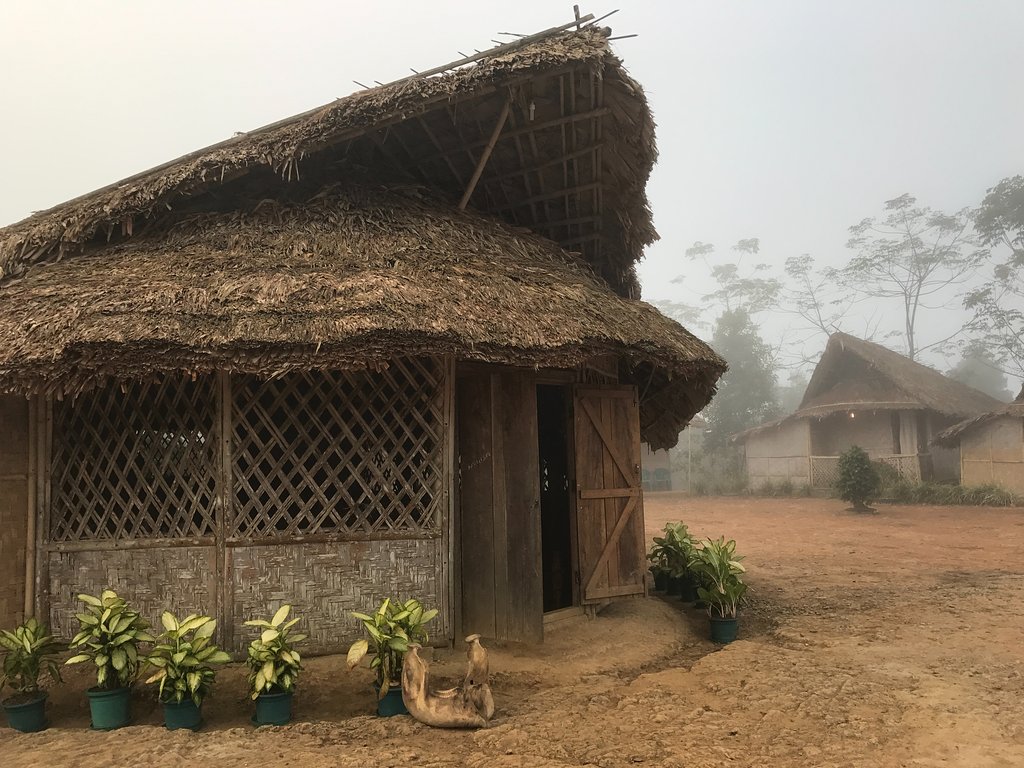
Another great option is Helsa Morung, where you can choose between traditional Konyak bamboo cottages, Konyak-style cottages, or even deluxe tents.
If you find yourself in Peren District, Hi Peren Homestay is another gem. With tree huts, a charming studio and café, and nearby camping sites, it’s an excellent choice for those looking to explore the outdoors while enjoying a cozy stay.
By opting for a homestay, you’ll gain more than just a roof over your head—you’ll leave with stories, friendships, and a deeper understanding of Nagaland’s rich cultural tapestry. For more information on these homestays and others, including how to book your stay, visit RaliWali.com. We regularly update our listings to ensure you have the most accurate and up-to-date information for your trip.
2. Participating in Local Festivals: Dance, Feast, Repeat
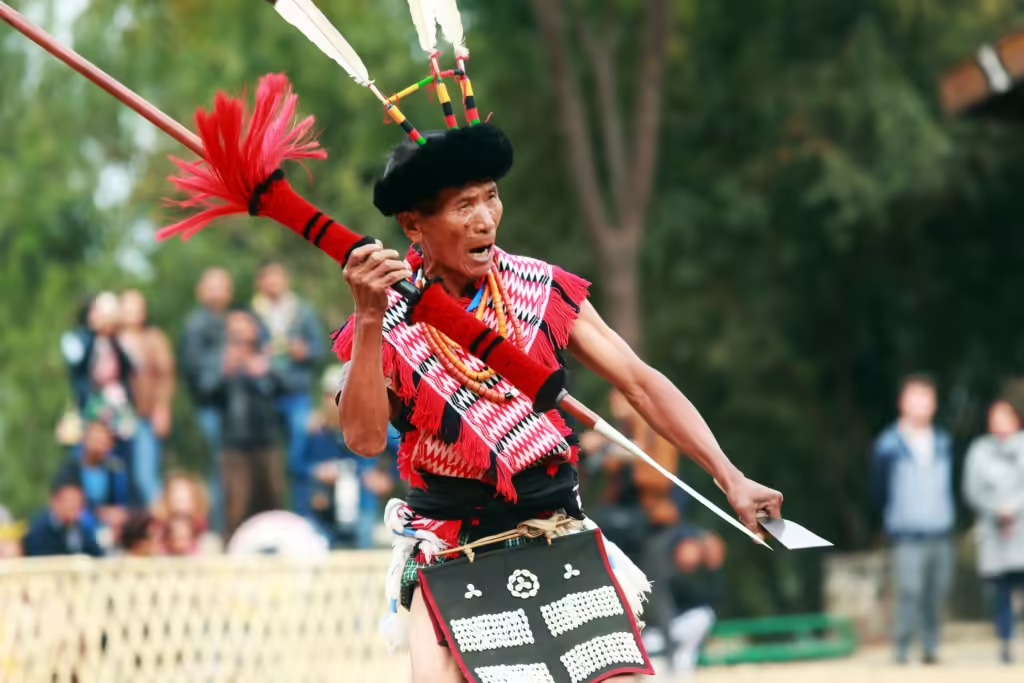
Nagaland is famous for its festivals, and trust us, they’re not just for show. These celebrations are deeply rooted in the state’s culture and are the best way to immerse yourself in the local way of life. Dive into the Hornbill Festival, the granddaddy of them all, or get off the beaten path with tribal celebrations like the Aoling Festival (Konyak) or the Sekrenyi Festival (Angami).
But wait, there’s more! Nagaland’s festival calendar is bursting with unique experiences. Feast on local delicacies during Moatsu (Ao), celebrate the harvest with Ngada (Rengma), or witness the warrior spirit at Tokhu Emong (Lotha).
Don’t just watch—get involved! Dance, sing, and if you’re lucky, you might be invited to a traditional feast.
And that’s just the tip of the iceberg! Discover the Yemshe Festival (Pochury), Tsokum Festival (Khiamniungan) Poang Lüm Festival (Chang), Tsukhenye Festival (Chakhesang), Tuluni Festival (Sumi), Monyu Festival (Phom), Mileinyi Festival (Zeliang), Wangtsunuo Festival (Yimkhiung), Mongmong Festival (Sangtam), and so many more!
Sound epic? Head over to RaliWali.com to see what festivals are happening when you visit and plan your Nagaland adventure!
3. Learning Traditional Crafts: Hands-On with Naga Artisans
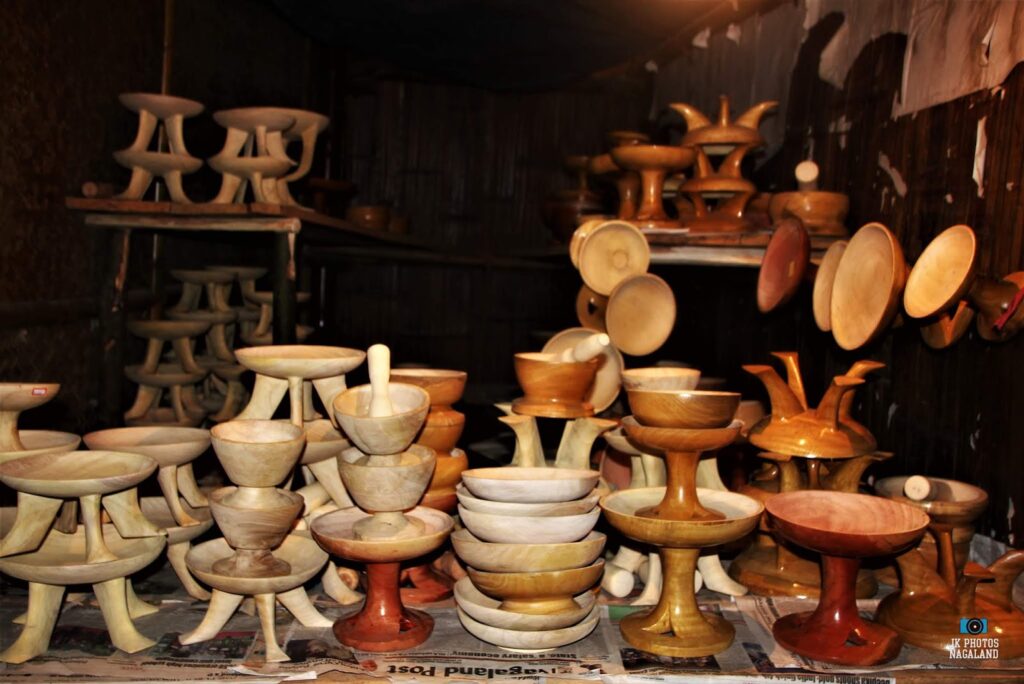
Nagaland is known for its intricate handicrafts, from handwoven shawls to bamboo products. But why just buy them when you can learn to make them yourself? Many villages offer workshops where you can try your hand at traditional crafts. Imagine the bragging rights when you show off a scarf you’ve woven yourself or a bamboo basket you’ve crafted under the guidance of a local artisan. Not only is it a fun activity, but you’ll also be helping to keep these ancient crafts alive.
Here’s a glimpse of some of the traditional crafts you can learn in Nagaland:
- Weaving: Learn to create intricate shawls, blankets, and baskets using traditional looms.
- Carving: Create stunning sculptures, masks, and household items from local hardwoods.
- Bamboo crafts: Make baskets, furniture, musical instruments, and decorative items from bamboo.
- Blacksmithing: Forge tools, weapons, and decorative objects using traditional techniques.
- Pottery: Create beautiful pottery using local clay and traditional techniques.
Pro experience: Visit a local market afterward to see how your creations stack up against the pros (no pressure!)
4. Trekking with a Twist: Offbeat Trails and Hidden Waterfalls
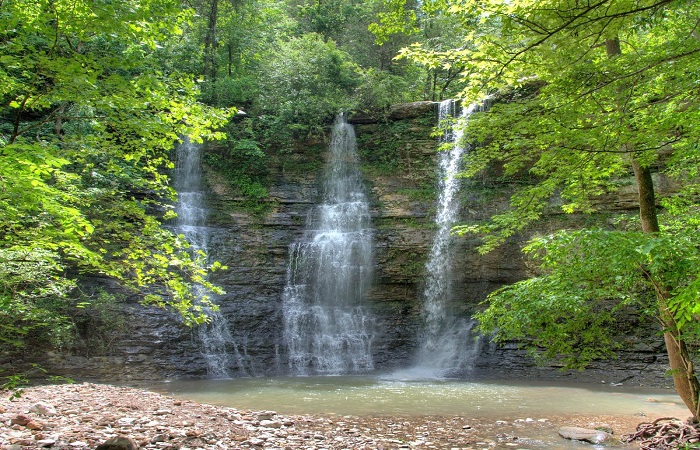
Sure, Dzukou Valley is stunning, but Nagaland is filled with lesser-known trails that are just as breathtaking. How about a trek to Mount Pauna, Nagaland’s third-highest peak, where you can camp under the stars with a view that’ll make your Instagram followers green with envy? Or explore the Triple Falls which is a breathtaking natural wonder. Imagine three sparkling streams cascading down 280 feet, merging into a crystal-clear pool.
Another hidden gem is the Satoi Range, where rhododendron forests and rare bird species await. The best part? You’ll likely have these spots all to yourself, far from the madding crowds.
5. Culinary Adventures: A Taste of Nagaland
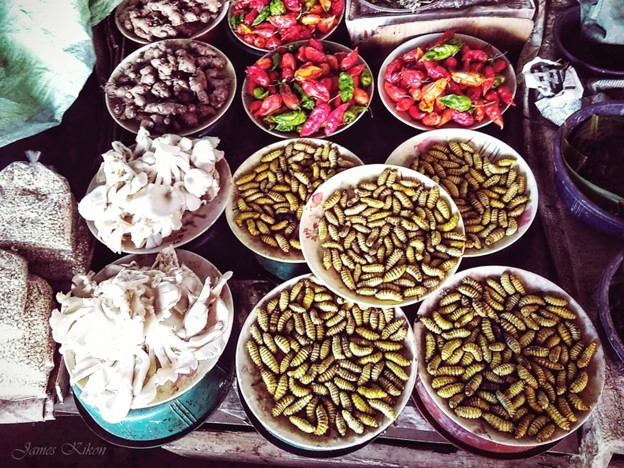
Naga cuisine is a flavor explosion, and there’s no better way to experience it than by joining a local family for a meal. From smoked pork with bamboo shoots to fermented fish, the flavors are bold, unique, and unforgettable. If you’re feeling adventurous, try some of the more exotic offerings like silkworms or hornet larvae. And let’s not forget the legendary Naga King Chili—a bite of this fiery pepper will give you a story to tell for years!
Here are some must-try local dishes that will spice up your visit:
- Zutho: This traditional rice beer is more than just a drink; it’s a cultural experience that lets you mingle with locals and savor Naga traditions.
- Bushmeat: For the adventurous eater, this wild game offers a unique taste of the region’s deep connection with nature.
- Hinkejvu: A comforting meat and vegetable stew that’s a hearty staple in Naga households.
- Fish in Bamboo: Cooked inside bamboo tubes, this dish imparts a subtle smokiness to the fish, making it a unique culinary experience.
- Akini: Made from fermented bamboo shoots, Akini provides a distinct tangy flavor to dishes.
- Black Sticky Rice Pudding: A sweet and creamy dessert that combines earthy black rice with a delightful texture.
- Axone: This fermented soybean paste is a Naga staple, adding a tangy, bold flavor to various dishes.
- Anishi: Made from taro leaves, Anishi is processed through fermenting and smoke-drying. This ingredient, available in its plain form or seasoned with salt and chili powder, can be used as a condiment or in dishes for a unique flavor.
Foodie Tip: Don’t just stop at eating—visit local markets to see where these ingredients come from, and maybe pick up a recipe or two to try back home.
Craving more? Explore RaliWali.com for more informative blogs and in-depth articles to discover the full spectrum of Nagaland’s beloved delicacies. Get ready for a culinary journey like no other!
Ready for More?
Nagaland is a treasure trove of unique experiences waiting to be discovered. Whether you’re interested in culture, nature, or adventure, there’s something here for everyone. And if you’re planning your trip, be sure to visit RaliWali.com for all the info you need on where to stay, what to see, and how to make the most of your time in this incredible region.
For more in-depth info on the best adventures in Nagaland, check out our previous article. And remember, the best way to experience Nagaland is to dive in headfirst—so start planning, and we’ll see you here soon!
Featured Image Link: Photo by MOHAMED ABDUL RASHEED on Unsplash

